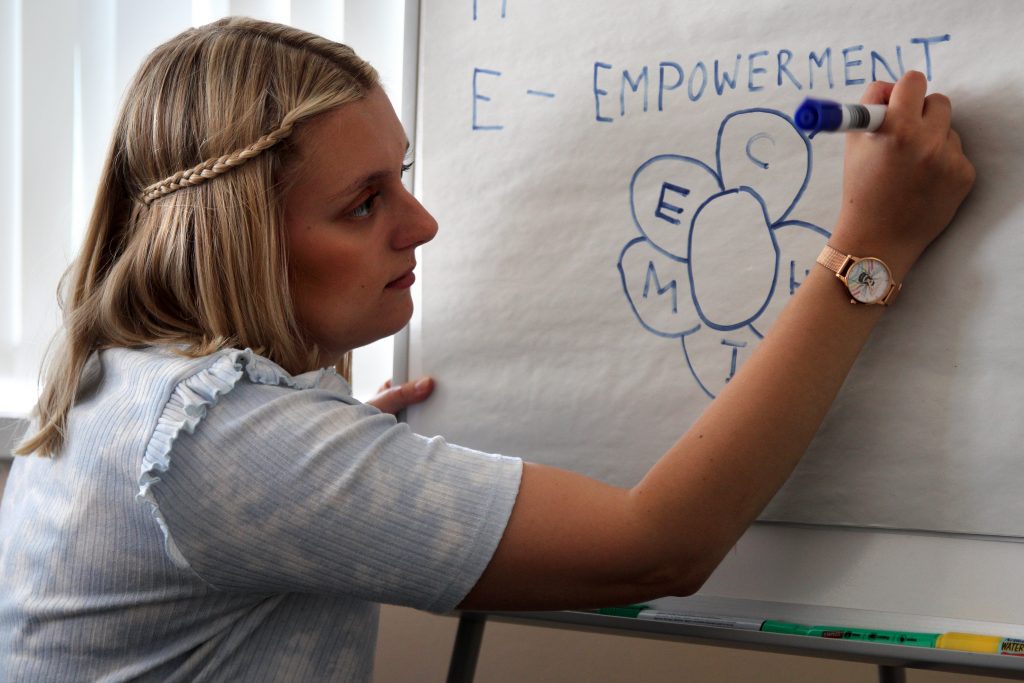The Oxford English Dictionary defines well-being as ‘the state of being comfortable, healthy or happy’. However, much like the term ‘recovery’, this can mean a lot of different things to different people.
The CHIME factors, which are described on our Recovery pages, are a useful way of thinking about wellbeing.
Go to Recovery pagesAnother popular model is the ‘Five ways to wellbeing’ – Connect, Be active, Take notice, Learn and Give. More information about this model can be found on the Government UK website.
Go to 5 Ways to Wellbeing information on Government UK websiteConnecting with the people, places and things that we love, being aware of the world around us, being a little more physically active (within any limitations), learning something new and doing something for another person can all increase our feelings of wellbeing. Of course there may be times when this is not possible, but many people say that the smallest thing they can do for themselves helps. Some people feel they need support to explore wellbeing factors, and this is fine.
It’s also true that no-one feels totally content, comfortable, healthy and happy all of the time. This shouldn’t be a goal, as it’s unrealistic. Wellbeing is about balance, and about being able to enjoy the times when things are going pretty well.

Nature and Wellbeing e-learning
If you’d like to explore the topic of wellbeing and nature, we have a great e-learning course available on our e-learning site. The course looks at the benefits of being in nature on our mental health and wellbeing and whether it is always helpful.
Go to Nature and Wellbeing course